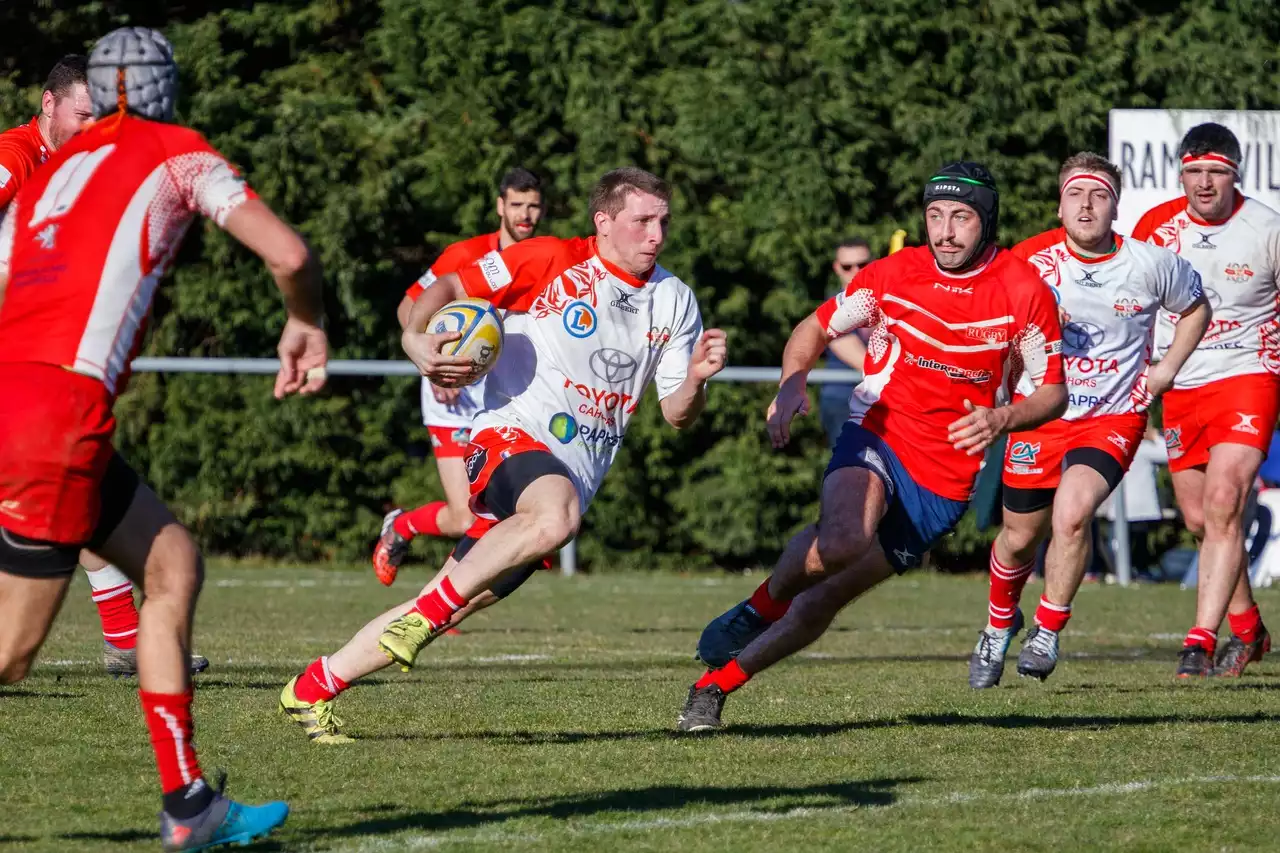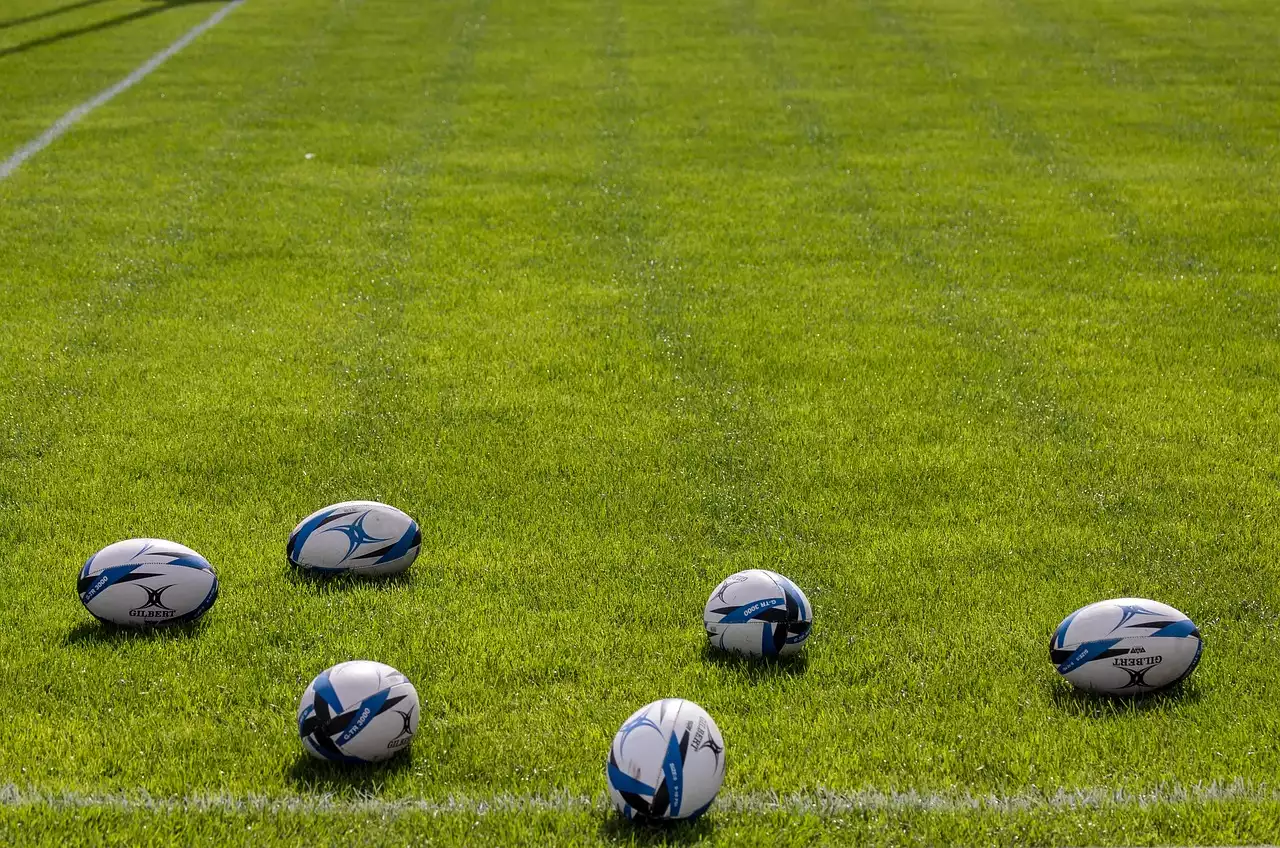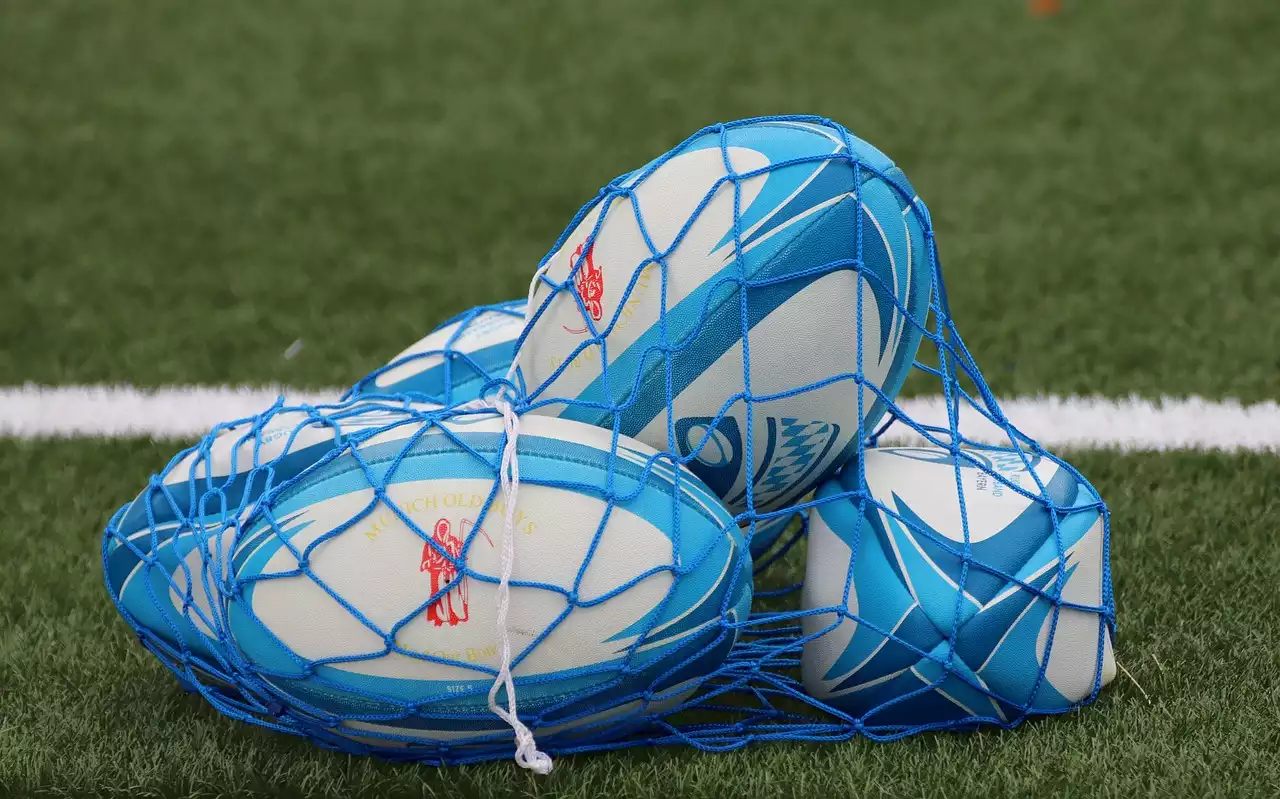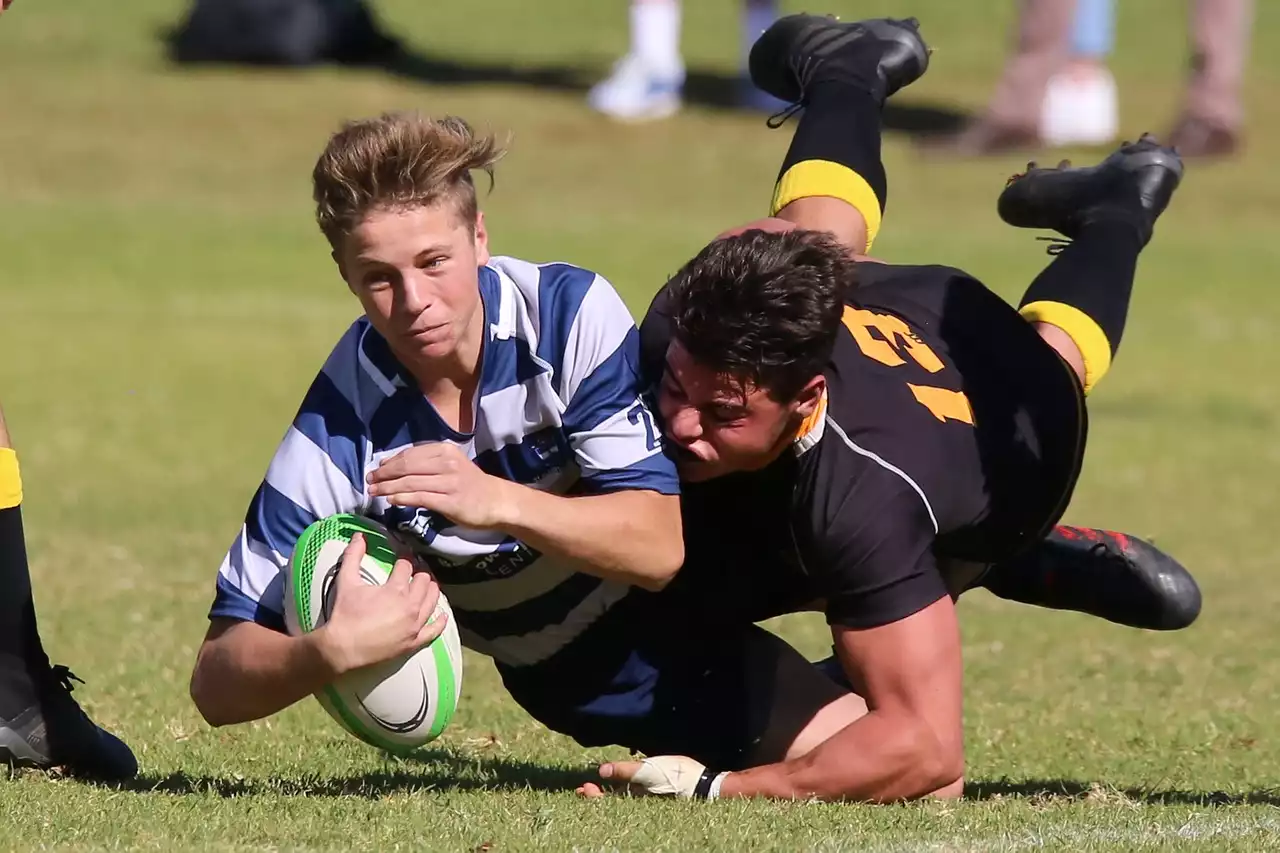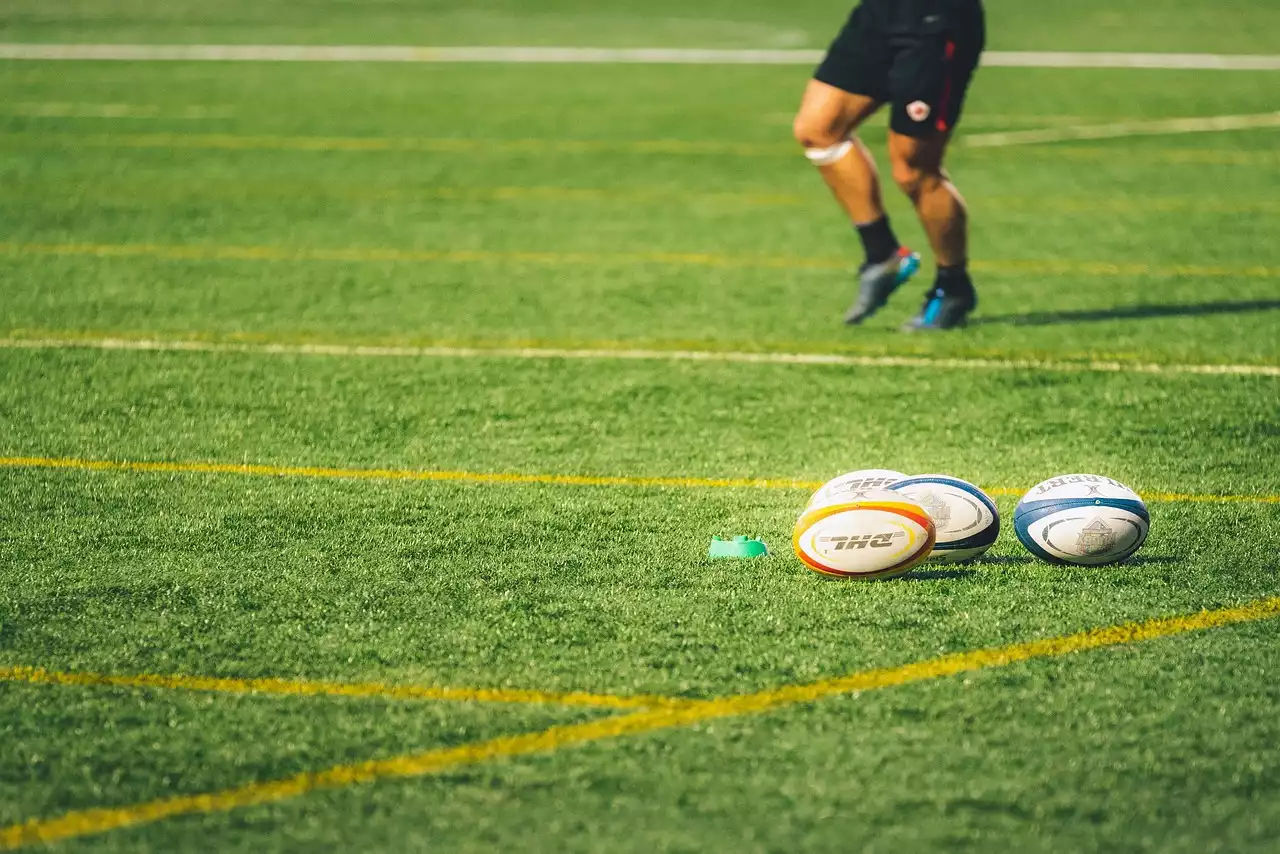The Traditional Kicking Technique
The traditional method of kicking the ball between the posts is still the most widely used technique for penalty-taking in rugby. This technique requires the player to stand in front of the posts with their back to them. They will then take a few steps back, line up the ball and take a powerful strike with the instep of their foot, aiming to send the ball between the two posts. This technique is reliable and effective, but only if the distance is not too far and the wind conditions are favorable. If the distance is too far or the wind is too strong, then this technique may not be the best option.
Alternative Penalty-Taking Techniques
In addition to the traditional kicking technique, there are several alternative methods of taking a penalty in rugby. The tap kick, grubber kick, and drop goal are all effective methods of scoring points, depending on the situation.
Tap Kick
The tap kick is used when the distance is too short for a traditional kick. It involves the player tapping the ball with their foot, sending it forward a few meters before quickly regaining control of the ball and running it over the line for a score. This technique requires a great deal of skill and accuracy, as it relies on the player being able to accurately direct the ball in the right direction with minimal power.
Grubber Kick
The grubber kick is used when the distance is too long for a traditional kick. It involves the player using the side of their foot to 'grubber' the ball in a low, bouncing trajectory towards the posts. This technique is effective in windy conditions, as the ball is less likely to be blown off course. However, it is difficult to control the direction of the ball, so it can be risky if the defending team has players positioned in front of the posts.
Drop Goal
The drop goal is a technique used when the defending team is too close to the posts to allow a traditional kick. It involves the player dropping the ball to the ground and then kicking it through the posts as it bounces up. This technique requires a great deal of skill and accuracy, as the ball must be precisely placed and kicked with the correct amount of power to score.
Factors to Consider When Choosing a Penalty-Taking Technique
When deciding which penalty-taking technique to use, several factors must be taken into account. The distance to the posts, the wind conditions, the terrain, and the relative positions of the defending players will all have an impact on which technique is the most effective.
Distance to Posts
The distance to the posts will have a major influence on which technique is used. If the distance is too short for a traditional kick, then the tap kick may be the best option. If the distance is too long, then the grubber kick may be more effective. If the defending team is too close to the posts, then a drop goal may be the only option.
Wind Conditions
The wind conditions will also impact the effectiveness of the different techniques. If the wind is blowing in the direction of the posts, then the traditional kicking technique may be the best option. However, if the wind is blowing in the opposite direction, then the grubber kick may be more effective.
Terrain
The terrain will also affect the effectiveness of specific techniques. If the ground is soft or uneven, then the grubber kick may be more effective, as it is less likely to bounce away from the posts. If the ground is hard and flat, then the traditional kicking technique may be the best option.
Position of Defending Players
The position of the defending players will also have an influence on which technique is used. If the defending players are positioned in front of the posts, then a drop goal may be the best option, as it is the only technique that will allow the player to score without putting the ball in danger of being blocked or intercepted.
Tips for Perfecting Penalty-Taking Skills
Once the right technology has been chosen, it is important to practice and perfect the skill to ensure success on the field. Here are some tips for perfecting penalty-taking skills.
- Make sure to practice in different conditions, such as windy, dry, wet, and cold.
- Practice taking penalties from different distances, so you are prepared for any situation.
- Visualize yourself taking the penalty in a game situation and imagine how it will feel.
- Focus on controlling your breathing and staying calm when taking the penalty.
- Aim to hit the ball with the instep of your foot for maximum power and accuracy.
